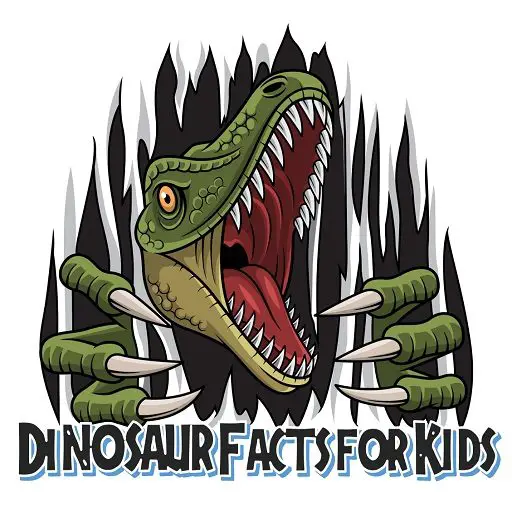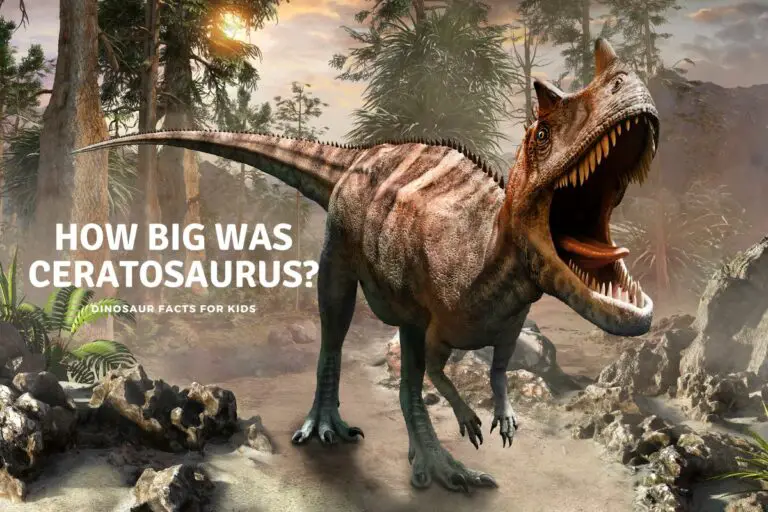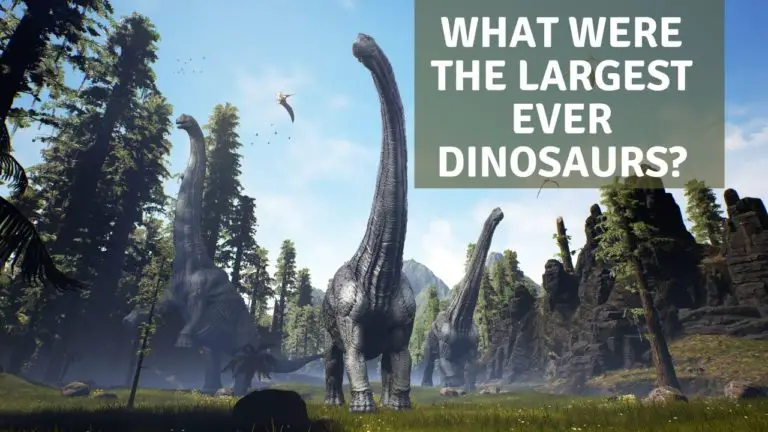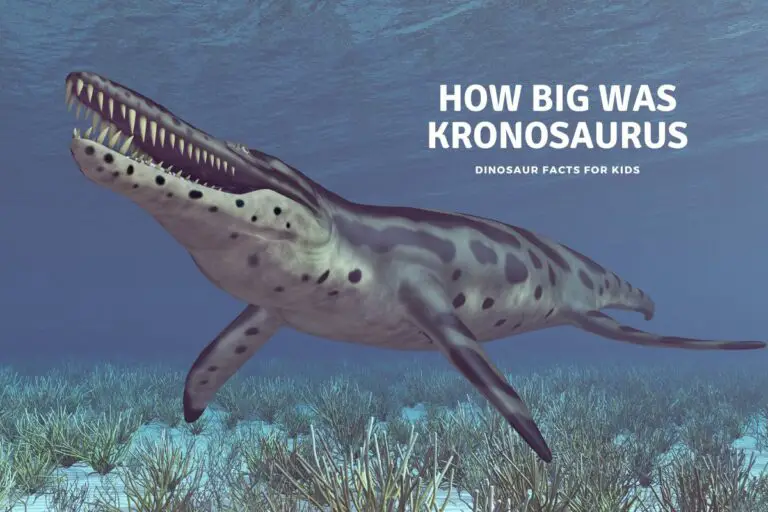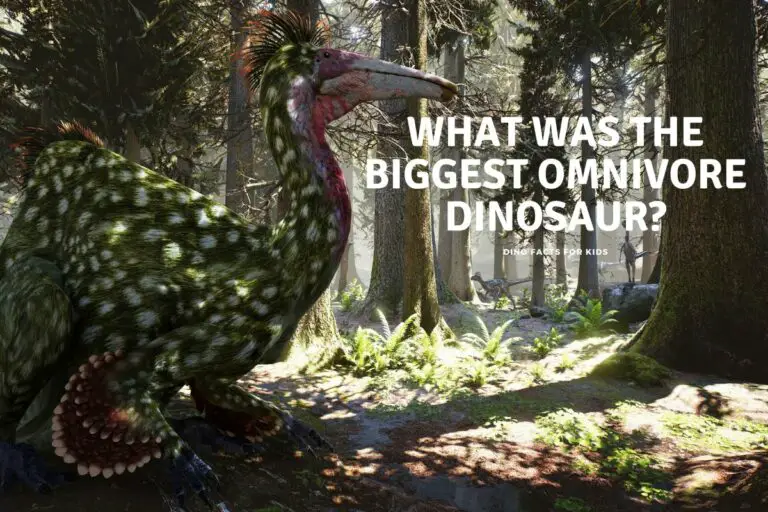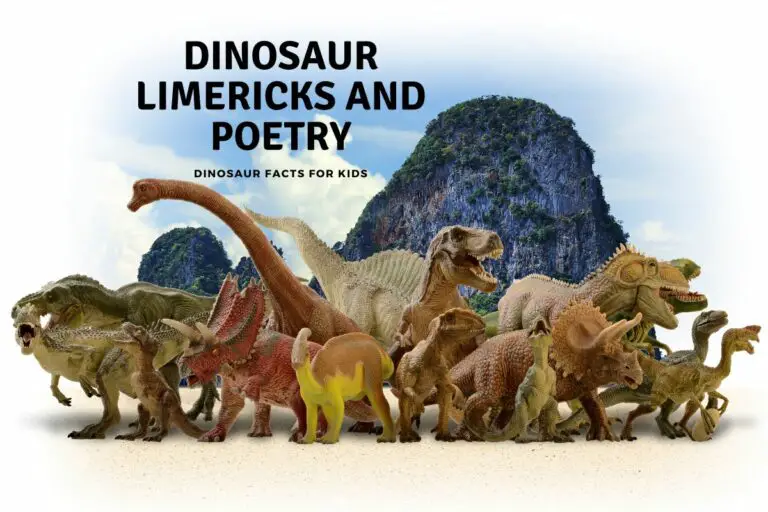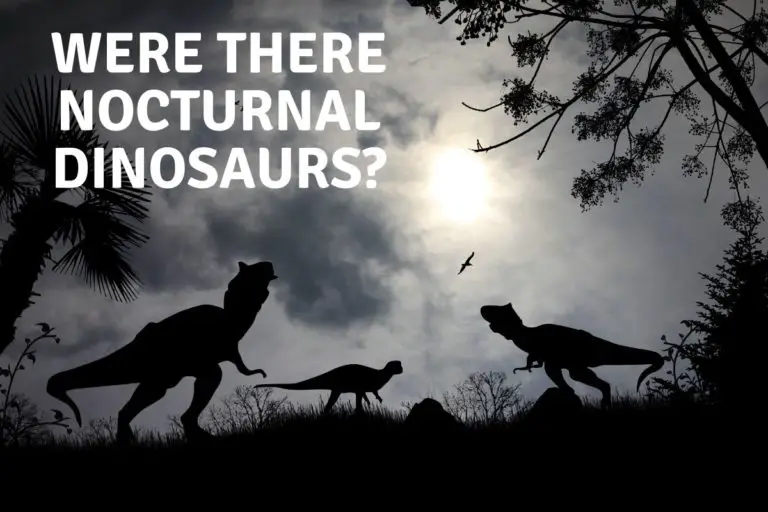Duck Billed Dinosaurs
Duck billed dinosaurs, or Hadrosaurs as they are more commonly known, were – in dinosaur terms- a relatively late addition to the prehistoric landscape appearing only 100 or so million years ago. There were similar dinosaurs prior to this like iguanodon, but duck billed dinosaurs like hadrosaurs were alive jsut in time for the end of the time of the dinosaurs
Duck billed dinosaurs, or hadrosaurs, were herbivorous dinosaurs that evolved and thrived during the Late Cretaceous period. Their duck-bill-like snouts and complex teeth allowed them to effectively process plant matter. Notable examples include Edmontosaurus, Parasaurolophus, and the massive Shantungosaurus,
This Article looks at what makes’ a Duck Billed dinosaur as well as how even in their family of hadrosaur they are still a few differences and we will take a look at 12 of the most popular, famous, important, largest and smallest of these duck billed dinosaurs as well. So lets start with what exactly is a duck billed dinosaur.
What Are Duck Billed Dinosaurs?
So, what characterizes a duck billed dinosaur? Belonging to the Hadrosaur family, these dinosaurs, as the name suggests, had a unique bill resembling that of a duck. But these were no ordinary bills.
They were robust structures designed for a vegetarian diet, aiding in the consumption of a variety of plant matter. They were often occupied by hundreds of teeth in batteries that could be replaced and those at the front wore down.
These dinosaurs also boasted some other fascinating features, such as their elongated skulls and, in many species, distinct crests atop their heads. These were thought to be used to attract mates, threaten and communicate with others both of their species and other dinosaurs.
Evolution and Classification
Moving onto their origins, the evolutionary journey of Hadrosaurs is a story of adaptation and survival. These dinosaurs evolved during the Late Cretaceous period, a time of significant changes in Earth’s climate and geography and had to deal with some of the most largest and most famous predators on Earth like Tyrannosaurs Rex and Tarbosaurus.
In terms of classification, Hadrosaurs are divided into two main groups.
- The Hadrosaurinae, usually recognized by their solid crests or sometimes no crests at all,
- The Lambeosaurinae, known for their hollow, often ornate crests.
There were early duck billed dinosaurs like Bactrosaurus and Eotrachodon as well as later ones like Parasaurolophus and Edmontosaurus and we take a look at 12 of these duck billed dinosaurs below with a table of facts for each hadrosaur.
List of Duck billed Dinosaurs
We have highlighted 12 duck billed dinosaurs here, though there are thought to be around 50 species in total. rather than make the page to long we picked some of the more famous and interesting hadrosaurs to cover.
So you will find the most famous, the largest, the smallest, the earliest ( possibly) and one that isn’t even a hadrosaur! We start with the most famous one below.
Parasaurolophus
Name Meaning: near crested lizard
Meet Parasaurolophus, the dinosaur known for its tubular crest that’s as long as 6 feet in some specimens, often compared to a trombone! was also a duck billed dinosaur This plant-eater roamed the Earth about 76-73 million years ago during the late Cretaceous period.
The first specimen was discovered in Alberta, Canada in 1920 by William Parks. Parasaurolophus was a large dinosaur, around 35 feet plus long, almost as long as a T-Rex which may have hunted it, and weighed up to 5 tons (at top estimates) .
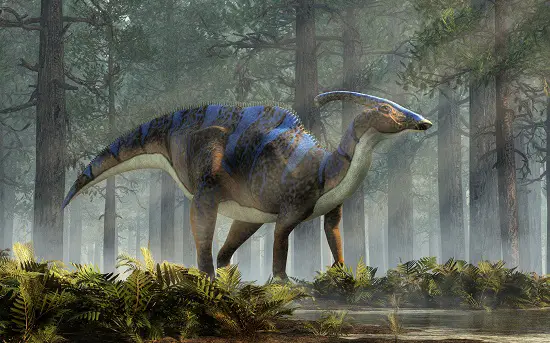
An intriguing fact? Its crest might have been used to produce low-frequency sounds for communication or even to regulate body temperature. How’s that for a multi-use accessory! you can also see a Parasaurolophus in Jurassic Park – The lost world as well.
Although it is thought that Bactrosaurus is the smallest species of Hadrosaur or duck billed dinosaur one of the smallest fossils found was actually of a Parasaurolophus when a rib bone, then a skull and then toes were found accidently in Utah – (You can read more here)
| Subfamily | Time Period | First Discovered | Location of Discovery | Length | Weight | Notable Features |
|---|---|---|---|---|---|---|
| Lambeosaur | Late Cretaceous (76-73 million years ago) | 1920 | Alberta, Canada | 37 feet (11.5 metres) | 2.5 to 5,000 kg (6 -12,000 lbs) | Long tubular crest possibly used for communication and thermoregulation |
Edmontosaurus
Name Meaning: Edmonton Lizard
Next up is Edmontosaurus, one of the largest ,but not the largest, of the duck billed dinosaurs. Measuring up to 39 feet long (imagine two elephants end-to-end) and weighing up to 5500 kg ( or 13000 lbs), it was certainly a heavyweight of its time.
Living in the late Cretaceous period, about 73-66 million years ago, its fossils were first discovered then named near Edmonton, Canada (hence the name) in 1892. It munched on a varied plant diet, and its unique dental arrangement allowed it to grind food, much like a modern horse.
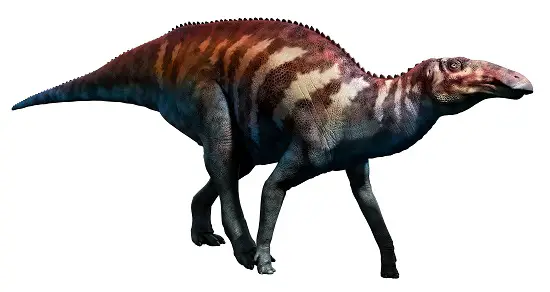
Interestingly, skin impressions have been found, revealing that it had a scaly, bird-like covering. It can be seen being hunted by T-Rex in the Prehistoric Planet 2: North America episode.
| Subfamily | Time Period | First Discovered | Location of Discovery | Length | Weight | Notable Features |
|---|---|---|---|---|---|---|
| Hadrosaur | Late Cretaceous (73-66 mya ago) | 1892 named | Edmonton, Canada | 12 metres (39 feet) | 5500 kg (13000 lbs.), | Among the largest hadrosaurs; skin impressions discovered |
Maiasaura
Name Meaning: good mother lizard
Maiasaura, whose name translates to ‘good mother lizard’, really lives up to its title. This duck billed dinosaur, discovered in Montana in 1978, is known for its extensive nesting colonies, indicating parental care.
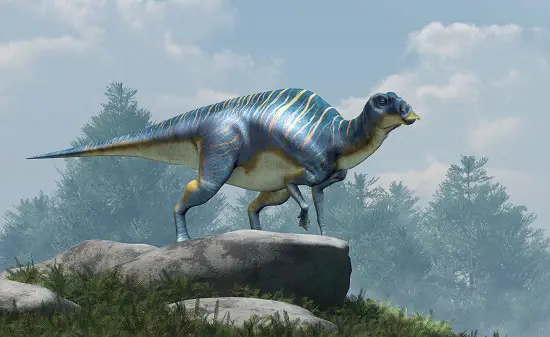
Its length and weight were about 9 metres or 30 feet and 4000 kg, respectively – think about the size of a motorhome! It existed about 77 million years ago, during the late Cretaceous period.
The diet consisted of plants and its beak was ideal for stripping leaves off branches. An incredible fact? Fossil evidence suggests that Maiasaura hatchlings were nurtured by their parents, a rare behavior in dinosaurs.
| Subfamily | Time Period | First Discovered | Location of Discovery | Length | Weight | Notable Features |
|---|---|---|---|---|---|---|
| Hadrosaur | Late Cretaceous (79 million years ago) | 1978 | Montana, USA | 9 metres (30 feet) | 4 tons | Evidence of parental care in fossil nests |
Corythosaurus
Name Meaning: helmeted lizard
the duck billed Corythosaurus, named for its helmet-like crest resembling a Corinthian soldier’s helmet, was a plant-eating dinosaur that lived during the Late Cretaceous period, approximately 77-75 million years ago.
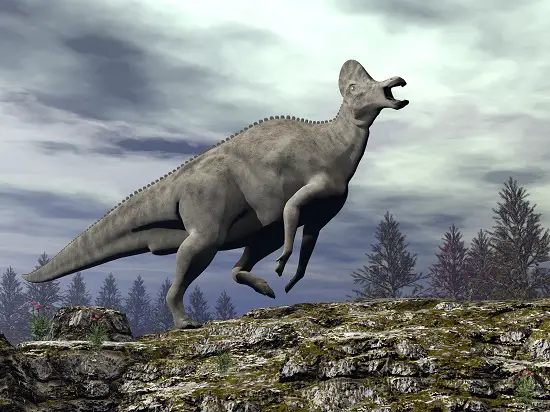
Its fossils were first unearthed in Alberta, Canada in 1911. With a length of up to 30 feet (equivalent to the size of a killer whale) and a weight of 3-4 tons,
Corythosaurus was quite a sizeable creature. The hollow crest atop its head, a feature of the Lambeosaurinae subfamily, is believed to have played a role in communication, allowing these dinosaurs to emit unique sounds perhaps as warnings or to attract mates.
| Subfamily | Time Period | First Discovered | Location of Discovery | Length | Weight | Notable Features |
|---|---|---|---|---|---|---|
| Lambeosaur | Late Cretaceous (77-75 million years ago) | 1912 | Alberta, Canada | 30 feet | 3-4 tons | Helmet-like crest possibly used for communication |
Tsintaosaurus
Name Meaning: Qingdao Lizard
Tsintaosaurus, known for its unusual crest, lived during the Late Cretaceous period, approximately 85-66 million years ago. It was first discovered in China in 1950. it could have used both four legs and 2 legs when needed.
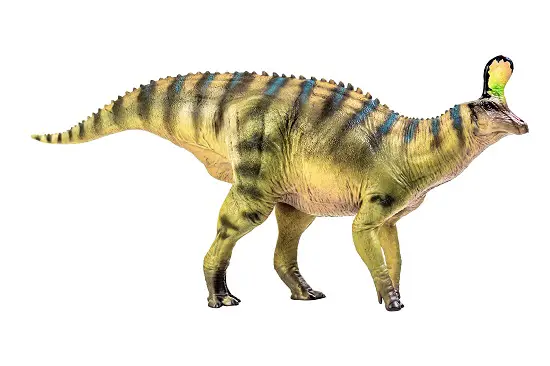
A member of the Hadrosaurinae subfamily of duck billed dinosaurs, Tsintaosaurus was a medium-sized dinosaur, reaching lengths of up to 8.5 metres or 27 feet (approximately the size of a medium size yacht) and a weight of around 2500 kg, or 6000 lbs.
it has tooth batteries in its duck billed shaped mouth like other hadrosaurs but its distinguishing feature is a long, lobe shaped crest, ( it was thought to have a unicorn shaped crest for a lot of years – and some still think this may be the case) Whatever the shape it is still not certain what the crest was used for.
It would have travelled in herds like other members of the hadrosaur family and was a herbivore.
| Subfamily | Time Period | First Discovered | Location of Discovery | Length | Weight | Notable Features |
|---|---|---|---|---|---|---|
| Hadrosaur | Late Cretaceous (85-70 million years ago) | 1950 | China | 27 feet (8.5 metres) | 2500 kg, 6000 lbs. | lobe like crest. |
Saurolophus
Name Meaning: lizard crest
The Saurolophus, also a member of the Hadrosaurinae subfamily, roamed the Earth in the Late Cretaceous period, around 70-66 million years ago. It was first discovered in Canada in 1911. but was also, larger in size as well, discovered in Asia as well.
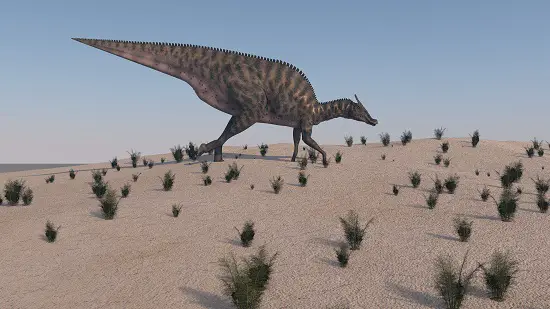
Measuring up to 40 feet long (about the length of two great white sharks) and weighing up to 11 tons, in Asia but a little smaller and 28 feet long and 3 or so tons in Canada.
The duck billed Saurolophus was a herbivore, feasting mainly on plants. A distinctive feature of Saurolophus is that it’s one of the few dinosaurs known from multiple continents, with fossils found both in Asia and North America.
| Subfamily | Time Period | First Discovered | Location of Discovery | Length | Weight | Notable Features |
|---|---|---|---|---|---|---|
| Hadrosaur | Late Cretaceous (70-68 million years ago) | 1911 | Canada /Asia | 43 feet Asia – 28 feet Canada | 11 tons (Asia) 3 tons (Canada) | Known from multiple continents (Asia and North America) |
Lambeosaurus
Name Meaning: Lambe’s lizard
Lambeosaurus is known for its hatchet-like crest, giving it a distinctive profile. A member of the duck billed Lambeosaurinae subfamily, Lambeosaurus lived during the Late Cretaceous period, around 76-75 million years ago.
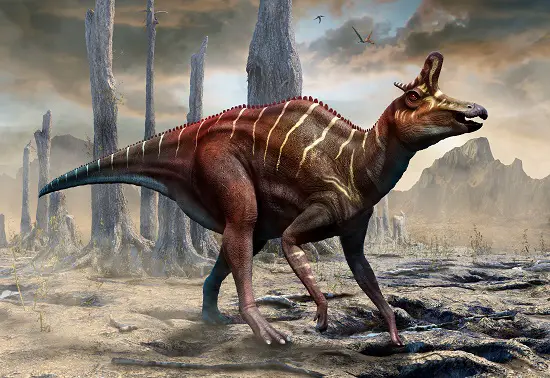
The first Lambeosaurus fossil was discovered in Alberta, Canada, in 1923. It was a sizable dinosaur, reaching lengths up to 23-25 feet (almost two cars long) and weighing around 3 tons.
Lambeosaurus was a herbivore, grazing on a plant-based diet and looked quite similar to Corythosaurus with a hatchet crest instead of a helmet crest though!
| Subfamily | Time Period | First Discovered /named | Location of Discovery | Length | Weight | Notable Features |
|---|---|---|---|---|---|---|
| Lambeosaur | Late Cretaceous (76-75 million years ago) | 1923 | Alberta, Canada | 25 feet | 2-3.5 tons | Hatchet-like crest |
Kritosaurus
Name Meaning: separated lizard
Kritosaurus, known for its distinctive ‘bulbous’ nasal arch, was another duck billed herbivorous dinosaur that lived in the Late Cretaceous period, around 74.5-66 million years ago.
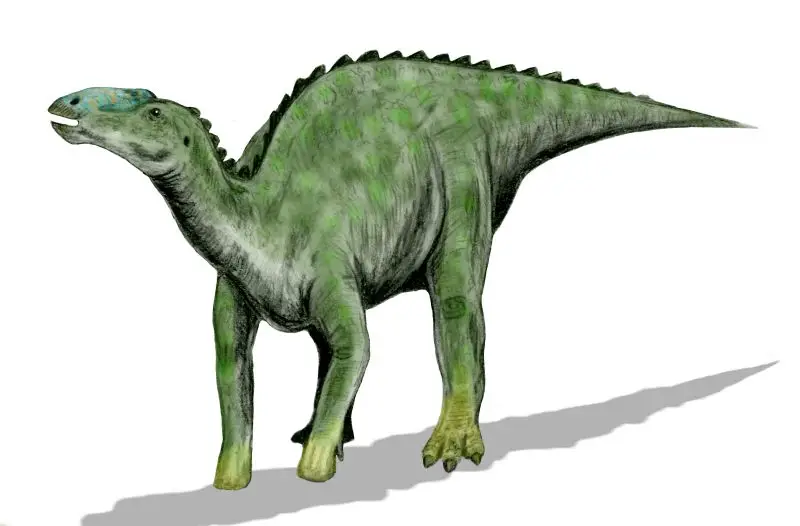
Fossils of Kritosaurus were first discovered in New Mexico, USA, in 1904. A member of the Hadrosaurinae subfamily, Although it had that large nose it is not thought to have had a crest like some other hadrosaurs.
Kritosaurus could reach a length of up to 30 feet (roughly equivalent to a killer whale again) and weigh up to 3 tons. or about 6600 lbs
| Subfamily | Time Period | First Discovered | Location of Discovery | Length | Weight | Notable Features |
|---|---|---|---|---|---|---|
| Hadrosaur | Late Cretaceous (74.5-66 million years ago) | 1904 | New Mexico, USA | 30 feet | 4 tons | ‘Bulbous’ nasal arch |
Iguanodon
Name Meaning: iguana tooth
While not a hadrosaur, Iguanodon was a similar type of duck billed dinosaur and one of the first ever to be described. It lived during the Early Cretaceous period, around 126-122 million years ago. it was actually part of the Ornithopoda group.
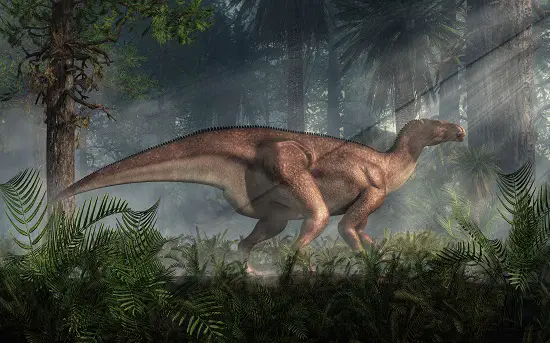
The first fossil was discovered in Sussex, England, in 1822. Iguanodon could reach up to 33 feet in length (again roughly the size of a school bus) and weigh up to 3.5 tons. Like similar duck billed dinosaurs it could walk on both hind and all four legs.
It was a herbivore, with ‘thumbs’ thought to be used for defense or rooting though bark or undergrowth. Its name means “iguana tooth,” referencing its distinctive teeth.
| Subfamily | Time Period | First Discovered | Location of Discovery | Length | Weight | Notable Features |
|---|---|---|---|---|---|---|
| N/A | Early Cretaceous (126-122 million years ago) | 1822 | Sussex, England | 36 feet | 3.5 tons | Distinctive teeth; ‘thumbs’ used for defense |
Shantungosaurus
Name Meaning: Shandong Lizard
Shantungosaurus, believed to be the largest hadrosaurid and there fore duck billed ever discovered, lived during the Late Cretaceous period, around 83-66 million years ago.
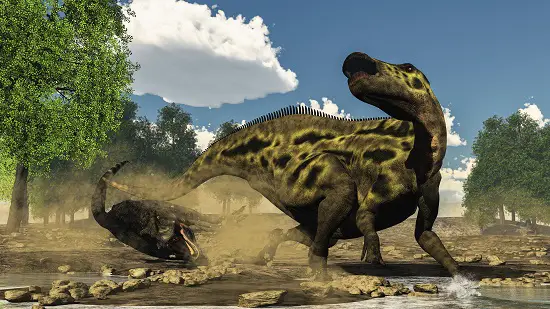
This giant was first discovered in Shandong, China, in 1973.it was a member of the Hadrosaurinae subfamily, and a huge one.
Shantungosaurus could reach a whopping length of up to 54 feet (16 metres) (about the size of a small whale) and weigh an estimated 16 tons or 35,000 lbs.
As a herbivore, its diet consisted primarily of plants but even so it was a large ask for its main predator Tarbosaurus, to take it on.
| Subfamily | Time Period | First Discovered | Location of Discovery | Length | Weight | Notable Features |
|---|---|---|---|---|---|---|
| Hadrosaur | Late Cretaceous (83-66 million years ago) | 1973 | Shandong, China | 54 feet (possibly) | 16 tons | Believed to be the largest hadrosaurid |
Bactrosaurus
Name Meaning: Club Lizard
Bactrosaurus, one of the earliest known hadrosaurs, provides valuable insight into the group’s evolution. It lived during the Late Cretaceous period, around 98-85 million years ago. Its fossils were first discovered in Mongolia, China, in 1933.
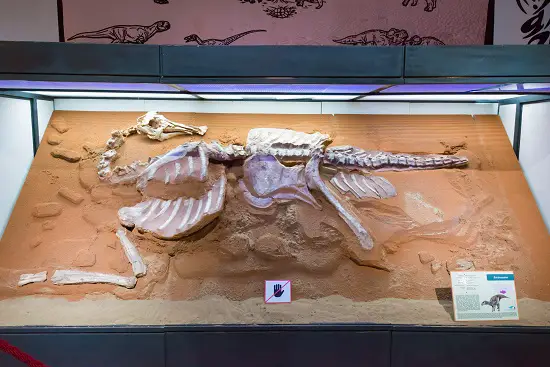
A member of the Hadrosaurinae subfamily, Bactrosaurus was smaller than many of its relatives, reaching lengths of up to 20 feet (about as long as a standard sedan car) and weighing up to 1.3 tons.
| Subfamily | Time Period | First Discovered | Location of Discovery | Length | Weight | Notable Features |
|---|---|---|---|---|---|---|
| Hadrosaur | Late Cretaceous (98-85 million years ago) | 1933 | Mongolia, China | 20 feet | 1.3 tons | One of the earliest known hadrosaurs |
Eotrachodon
Name Meaning: Dawn Trachodon
Eotrachodon is an important dinosaur species in understanding the evolution of hadrosaurs, often referred to as duck billed dinosaurs. Discovered in the marine sediments of Alabama, United States, in 2016 it is sometimes referred to as the Hadrosaur missing link.
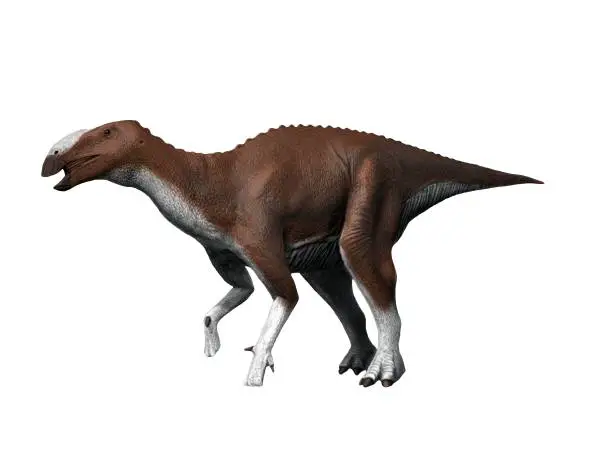
Eotrachodon lived during the Late Cretaceous period, approximately 83 to 74 million years ago. This timeline places Eotrachodon among the earliest known hadrosaurs
Eotrachodon exhibits a blend of primitive and advanced features. With an estimated length of up to 20 feet and a weight of around 2 tons, Eotrachodon was a moderate-sized dinosaur.
| Subfamily | Time Period | First Discovered | Location of Discovery | Average Length | Average Weight | Notable Features |
|---|---|---|---|---|---|---|
| Hadrosaur | Late Cretaceous, Santonian age (83-74 million years ago) | 2016 | Alabama, United States | 20 feet | 2 tons | One of the earliest known hadrosaurs, displays a mix of advanced and primitive features |
Frequently Asked Questions
What was the smallest duck billed dinosaur?
The smallest known duck billed dinosaur is considered to be Bactrosaurus. This dinosaur, an early member of the Hadrosaurinae subfamily, reached lengths of only around 20 feet and weighed about 1.1 tons. It lived during the Late Cretaceous period, around 98-85 million years ago, in what is now Mongolia, China.
What was the largest duck billed dinosaur?
Shantungosaurus holds the title for the largest known duck billed dinosaur. Part of the Hadrosaurinae subfamily, it reached lengths up to an astounding 50 feet and could weigh up to 16 tons. Shantungosaurus roamed the Earth during the Late Cretaceous period, approximately 83-66 million years ago.
How many species of duck billed dinosaur are there?
The exact number of species of duck billed dinosaurs, or hadrosaurs, is not definitively known it is thought there were about 40 to 50 species of hadrosaurs had been identified, divided between the two main subfamilies, Lambeosaurinae and Hadrosaurinae.
What dinosaurs ate hadrosaurs?
Hadrosaurs were preyed upon by various carnivorous dinosaurs of the Cretaceous period. Tyrannosaurs, like T-Rex and Albertosaurus, were likely predators given their size and geographical overlap. Additionally, raptor species like Deinonychus may have hunted young or smaller hadrosaurs.
Did hadrosaurs evolve into ducks?
No, hadrosaurs did not evolve into ducks. Despite the nickname “duck billed dinosaurs,” hadrosaurs and ducks are not directly related. Ducks are descendants of avian dinosaurs, like Archaeopteryx. Hadrosaurs, however, were non-avian dinosaurs and became extinct around 66 million years ago during the Cretaceous-Paleogene extinction event.
Conclusion
Duck-billed dinosaurs, or hadrosaurs dominated the landscape during the Late Cretaceous period, flourishing in a diverse range of environments.
This group was incredibly successful, with members ranging from the towering Shantungosaurus to the comparatively small Bactrosaurus, and the transitional Eotrachodon.
Their specialized teeth and jaws allowed them to thrive as herbivores, while their array of crests and adornments hint at complex social behaviors and although they are often shown as just food for the more famous carnivorous dinosaurs we hope we have shown you there was a little more to them than jsut that!
References
- https://www.cbsnews.com/news/baby-duck-billed-dinosaur-skeleton-discovered-by-high-school-student/
- https://blogs.scientificamerican.com/tetrapod-zoology/enough-with-the-duck-billed-dinosaurs/
- https://ucmp.berkeley.edu/diapsids/ornithischia/hadrosauria.html
- https://study.com/learn/lesson/duck-billed-dinosaur-facts-types.html
- https://www.britannica.com/animal/hadrosaur
Hi, I am Roy Ford a General Studies and English Teacher who has taught all over the world. What started as a fossil collection became a great way to teach, motivate and inspire students of all ages and all over the world about dinosaurs and from that and children’s love of dinosaurs came the site dinosaur facts for kids, a resource for all ages.
